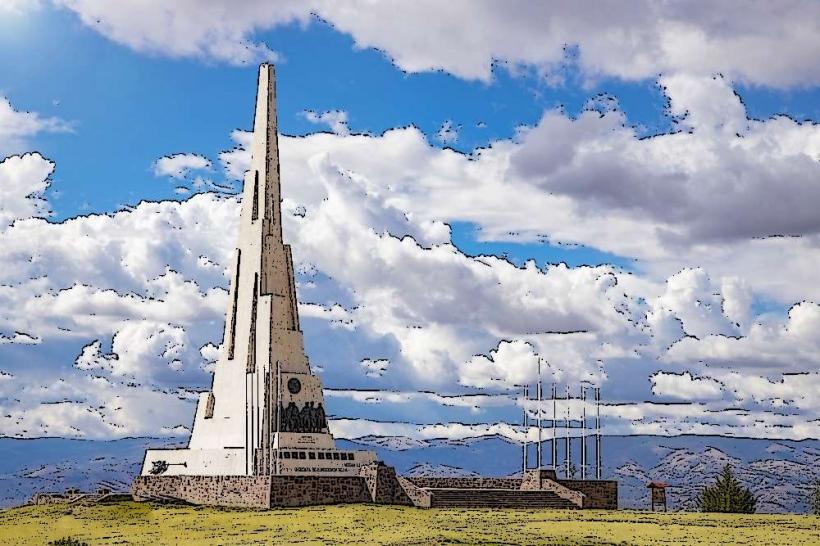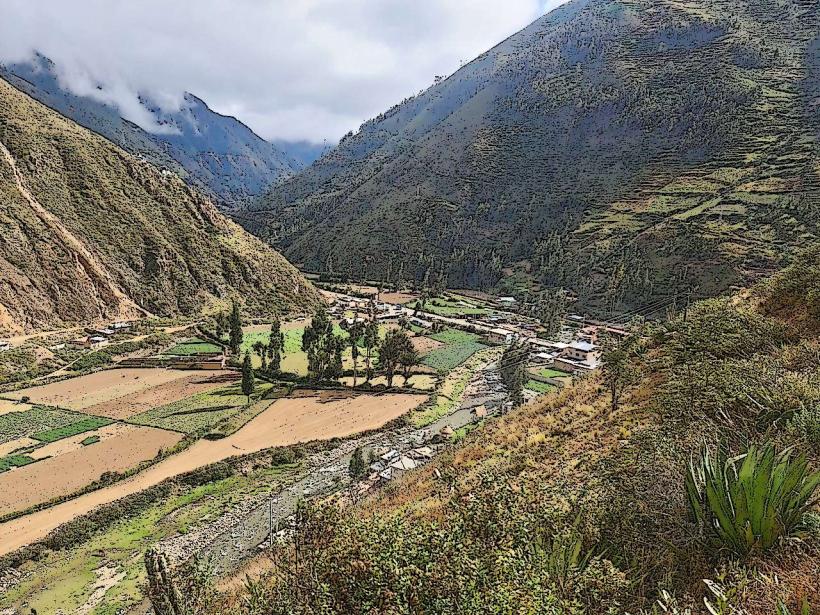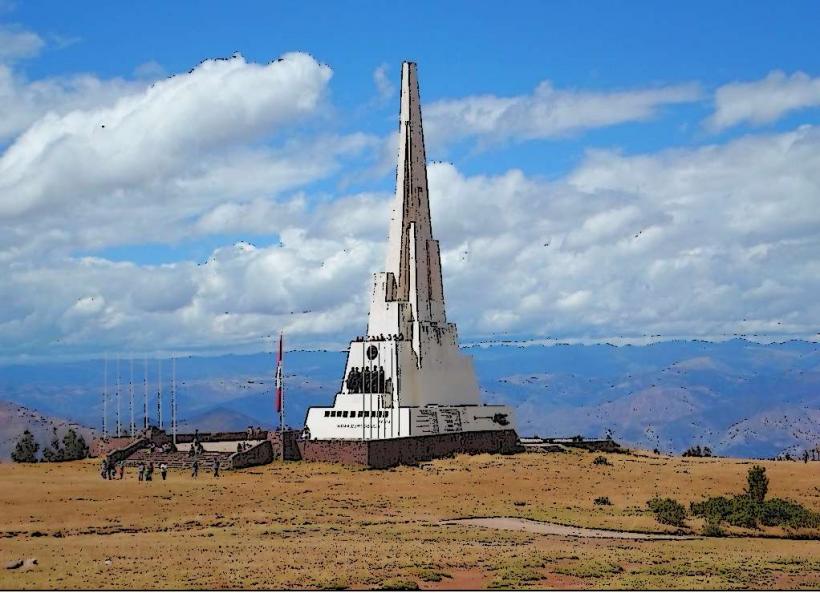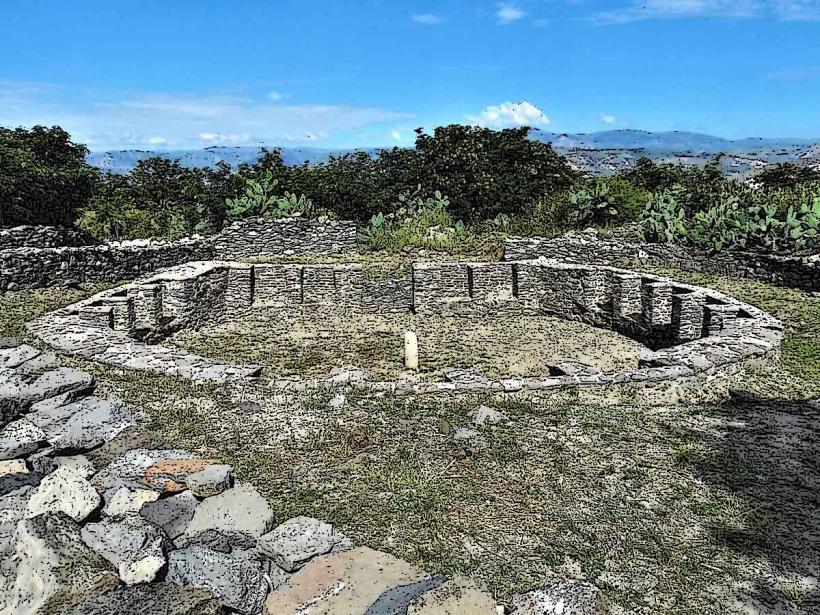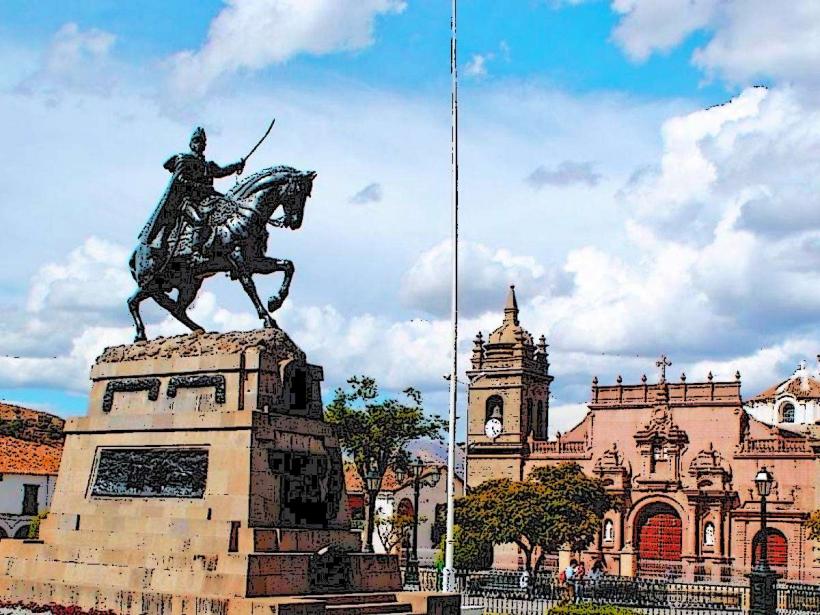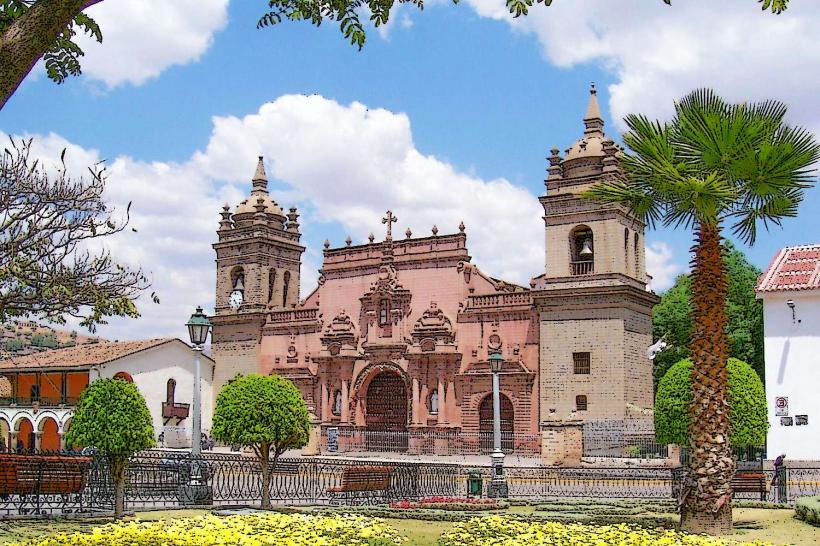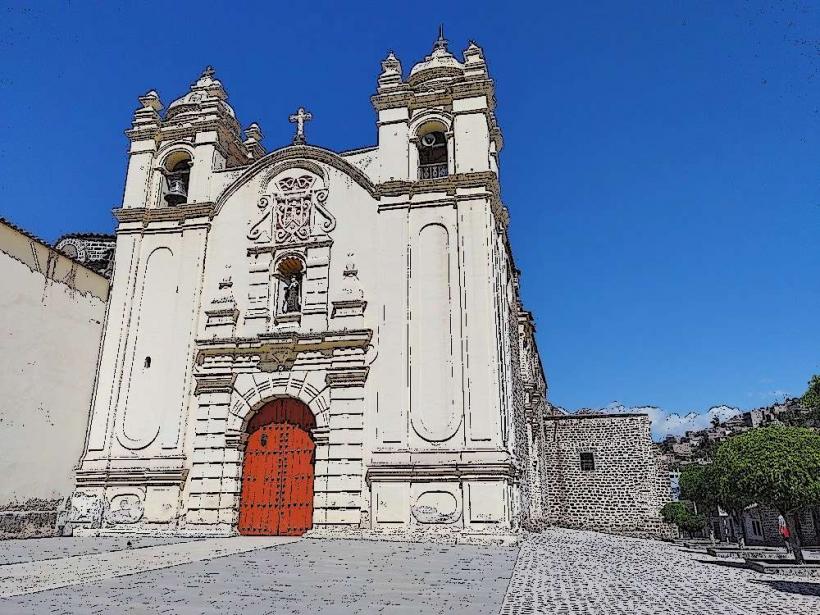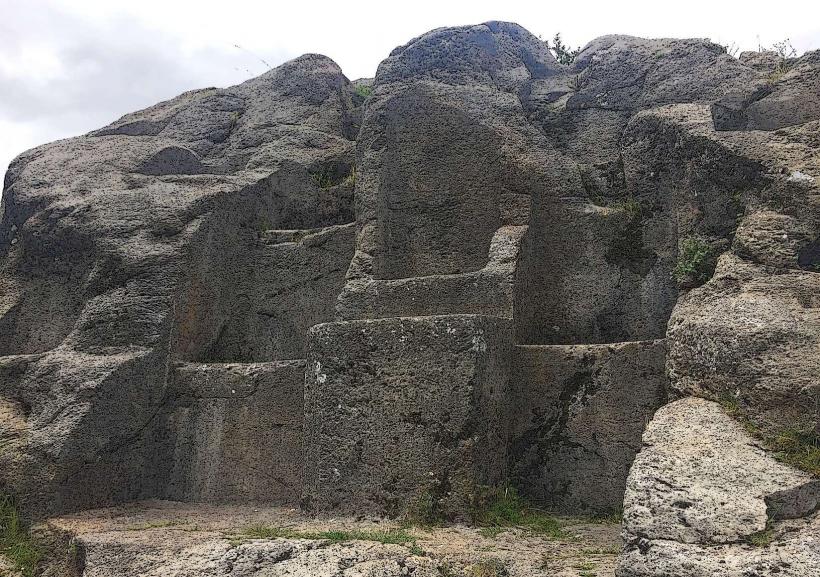Information
Landmark: Wari RuinsCity: Ayacucho
Country: Peru
Continent: South America
Wari Ruins, Ayacucho, Peru, South America
Overview
Just outside Ayacucho in Peru, the Wari Ruins stand as what’s left of one of South America’s most vital pre-Incan civilizations, their weathered stone walls still warm under the afternoon sun, what’s more the Wari, or Huari, flourished between about 500 and 1000 CE, leaving their mark long before the Inca built their stone cities in the Andes.The ruins stand as proof of the Wari people’s skill-gridded streets, bold stone walls, and a culture that thrived through ingenuity, subsequently some of the main highlights of the Wari ruins include weathered stone walls and intricate carvings worn smooth by centuries of wind and dust, sort of The Wari civilization ranks among the earliest great empires of the Andes, rising long before Inca rule and leaving stone roads that still cut across the high plains, along with the Wari thrived alongside the Tiwanaku civilization, shaping much of what would later define Inca culture.They built an extensive web of roads, administrative hubs, and settlements-some later absorbed into the Inca Empire, as a result spanning about 4 square kilometers, the Wari Ruins reveal cities laid out on a precise grid, massive stone walls that once guarded and marked their spaces, multi-room complexes serving as both homes and offices, broad plazas where rituals or gatherings likely took area, and tombs filled with the elaborate burials for which they’re famed.Archaeologists uncovered several tombs at the site, each holding mummies alongside pottery, finely woven textiles, and gleaming gold pieces, what’s more the Wari people proved themselves master artisans-shaping ceramics with sharp geometric patterns and lively human figures, weaving radiant, intricate cloth that has survived the centuries, and working gold, silver, and copper into elegant forms.Their city planning was just as advanced, with canals and reservoirs channeling water, massive silos storing food, and thick stone walls guarding the settlement, not only that in time, their culture left a deep mark on the Andean world, paving the way for the Inca, perhaps The Inca Empire took over their road network and copied their administrative methods, from the stone-paved routes to the precise record keeping, in conjunction with the Wari Ruins sit about 25 kilometers northeast of Ayacucho, close enough for an easy day trip through dusty roads and rolling hills.Visitors can explore a miniature on-site museum showcasing Wari pottery and tools, join guided tours that bring the site’s history to life, and take in the ruins framed by the sharp blue peaks of the Andes, as well as for the best experience, plan your trip during the dry season from May to October, when the skies stay clear and the weather stays steady.Researchers are still uncovering contemporary details at the Wari Ruins, where layers of sunbaked stone hold stories that have waited centuries to be told, as a result in the past few decades, archaeologists have unearthed innovative tombs and intricate artifacts, revealing fresh insight into the Wari’s complex society.People are working hard to protect the site so it’s still standing, wind-worn stones and all, for the generations yet to come, furthermore wandering through the Wari Ruins, visitors feel the stone walls and pathways whisper of the ingenuity and lasting legacy of this remarkable pre-Columbian civilization.
Author: Tourist Landmarks
Date: 2025-09-13

